Posts in Category: review
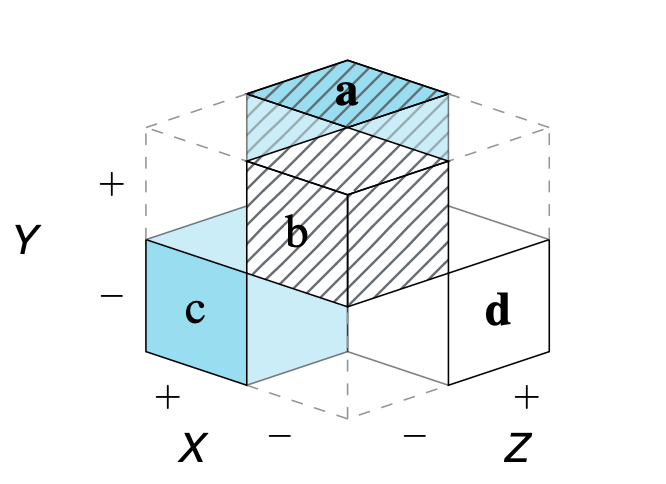
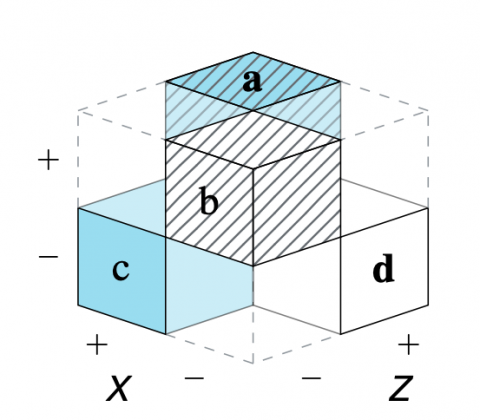
Paper: Perspectives on the 2×2 Matrix

Hansjörg Neth, Nico Gradwohl, Dirk Streeb, Daniel A. Keim, Wolfgang Gaissmaier
Perspectives on the 2×2 matrix: Solving semantically distinct problems based on a shared structure of binary contingencies
Abstract
Cognition is both empowered and limited by representations. The matrix lens model explicates tasks that are based on frequency counts, conditional probabilities, and binary contingencies in a general fashion. Based on a structural analysis of such perspective on representational accounts of cognition that recognizes representational isomorphs as opportunities, rather than as problems.
The shared structural construct of a 2×2 matrix supports a set of generic tasks and semantic mappings that provide a tasks, the model links several problems and semantic domains and provides a new unifying framework for understanding problems and defining scientific measures. Our model’s key explanatory mechanism is the adoption of particular perspectives on a 2×2 matrix that categorizes the frequency counts of cases by some condition, treatment, risk, or outcome factor. By the selective steps of filtering, framing, and focusing on specific aspects, the measures used in various semantic domains negotiate distinct trade-offs between abstraction and specialization. As a consequence, the transparent communication of such measures must explicate the perspectives encapsulated in their derivation.
To demonstrate the explanatory scope of our model, we use it to clarify theoretical debates on biases and facilitation effects in Bayesian reasoning and to integrate the scientific measures from various semantic domains within a unifying framework. A better understanding of problem structures, representational transparency, and the role of perspectives in the scientific process yields both theoretical insights and practical applications.
Why read this paper?
This paper is quite long and covers a wide array of concepts and topics. So what can you expect to gain from reading it?
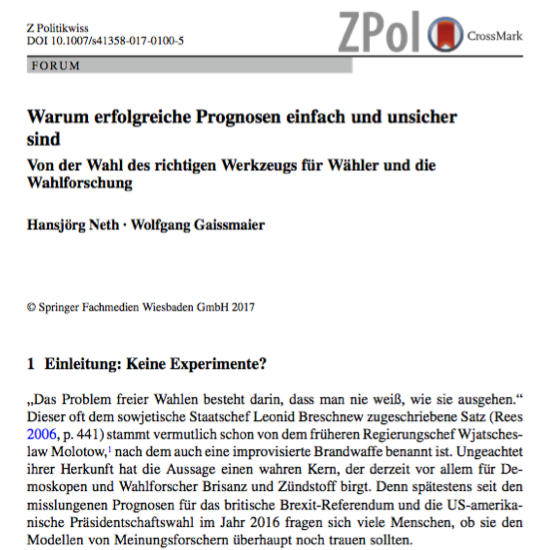
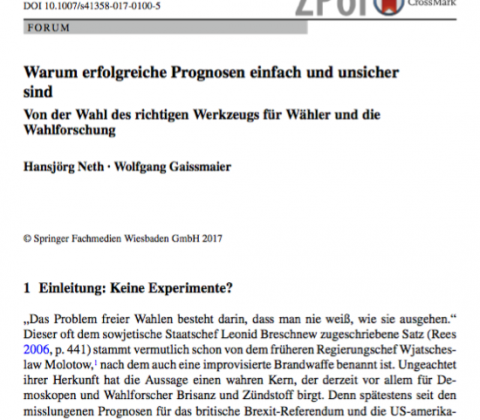
Artikel: Warum erfolgreiche Prognosen einfach und unsicher sind
(Vyacheslav Molotov, 1954, see Wikiquote)
Hansjörg Neth, Wolfgang Gaissmaier
Warum erfolgreiche Prognosen einfach und unsicher sind
Von der Wahl des richtigen Werkzeugs für Wähler und die Wahlforschung
Aus der Einleitung: Für Entscheidungswissenschaftler sind Wahlen – ungeachtet aller Warnungen – ein großartiges und größenwahnsinniges Experiment. Während wir sonst das Entscheidungsverhalten von Individuen und Gruppen in kontrollierten Laborsituationen erforschen, werden bei Wahlen die Meinungen von Millionen Menschen über mehrere Monate systematisch manipuliert und dann ein bundesweites Aggregat ihrer Mehrfachauswahlentscheidungen gebildet, das die Zusammensetzung von Parlament und Regierung und damit die Politik der nächsten Jahre determiniert. Auch wenn das Experiment ethisch nicht unbedenklich und seine Aussagekraft in Ermangelung einer Kontrollgruppe erheblich eingeschränkt ist, finden sich auf der gesamtgesellschaftlichen Ebene viele Elemente wieder, deren Mechanismen wir im mikroskopischen Maßstab aus unseren Studien kennen.
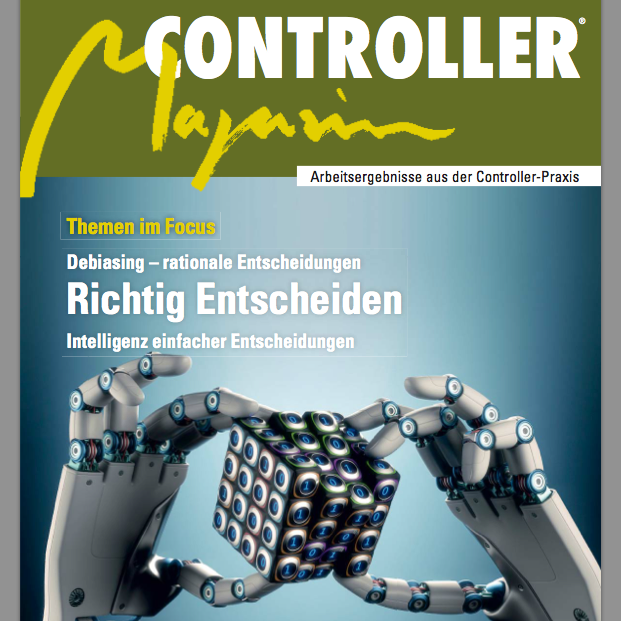
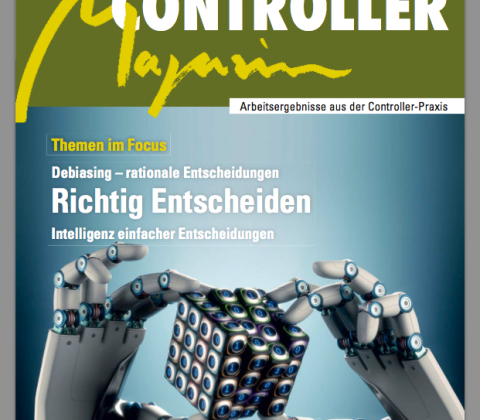
Artikel: Die Intelligenz einfacher Entscheidungsregeln
(Philip K. Dick, 1968)
Wolfgang Gaissmaier, Hansjörg Neth
Die Intelligenz einfacher Entscheidungsregeln in einer ungewissen Welt
Fazit: Unsere Welt mag sicher oder unsicher sein, aber wird immer eine ungewisse bleiben. Wir sollten uns von der Illusion ihrer umfassenden Berechen- und Kontrollierbarkeit verabschieden, ohne deswegen in Angststarre zu verfallen. Denn gute Entscheidungen sind dennoch möglich und beruhen auf einer angemessenen Einschätzung unserer Ausgangslage: Je berechenbarer eine Situation ist („Risiko“), desto mehr brauchen wir statistisches Denken und komplexe Modelle; je unberechenbarer eine Situation ist („Ungewissheit“), desto mehr brauchen wir einfache Heuristiken, einschlägige Erfahrung und Vertrauen auf Intuition (vgl. Abbildung 1). Dabei handelt es sich bei Risiko und Ungewissheit um Pole eines Kontinuums, so dass es sich bei den meisten Situationen um einen Zwischenzustand handeln dürfte. Die Kunst des guten Entscheidens besteht darin, zu wissen, wo auf diesem Kontinuum wir uns befinden, um das jeweils passende Entscheidungswerkzeug geschickt auszuwählen und gezielt zum Einsatz zu bringen. Und sie erfordert den Mut, Entscheidungen nicht zu verschieben oder zu vermeiden, sondern sie beherzt zu treffen und die Verantwortung für ihre Konsequenzen zu tragen.
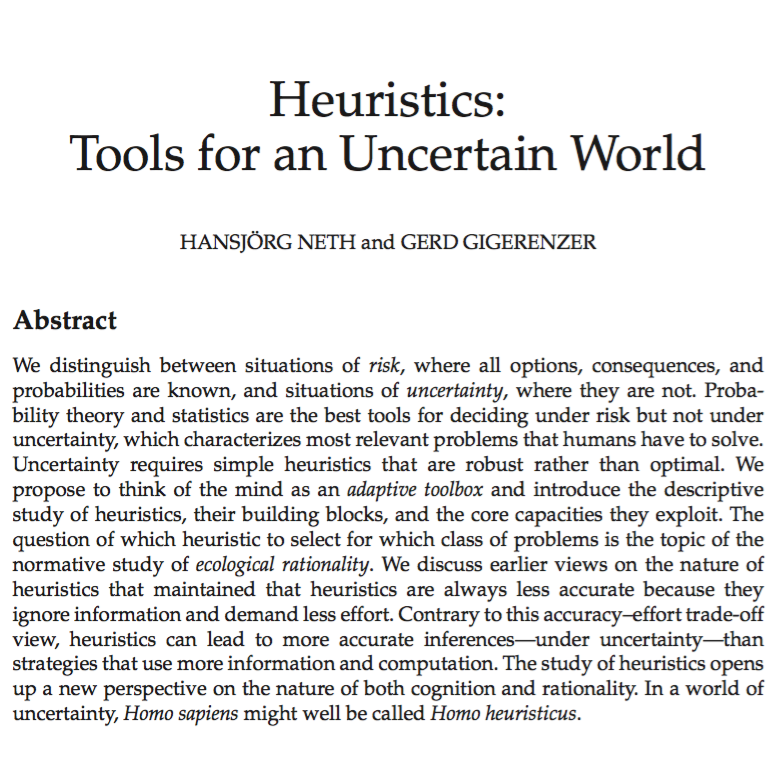
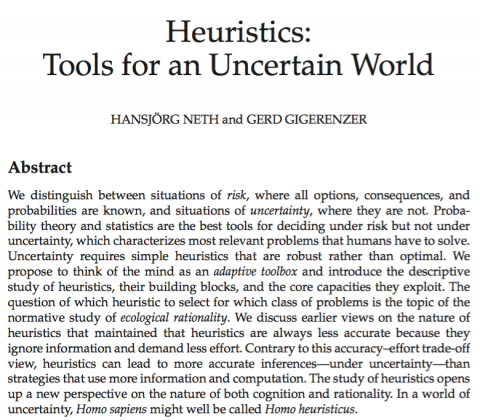
Article: Heuristics — Tools for an uncertain world
to treat everything as if it were a nail.
Abraham H. Maslow (1966, p. 15f.)
Hansjörg Neth, Gerd Gigerenzer
Heuristics: Tools for an uncertain world
We distinguish between situations of risk, where all options, consequences, and probabilities are known, and situations of uncertainty, where they are not. Probability theory and statistics are the best tools for deciding under risk but not under uncertainty, which characterizes most relevant problems that humans have to solve. Uncertainty requires simple heuristics that are robust rather than optimal.